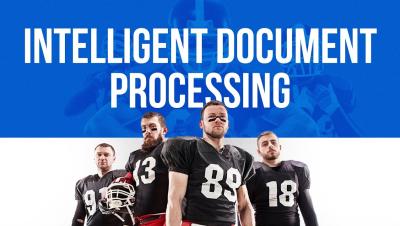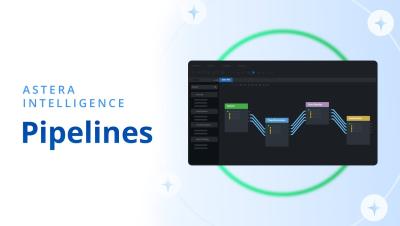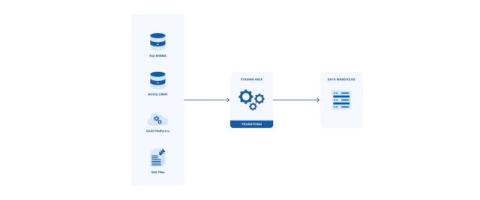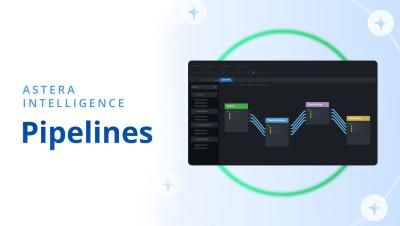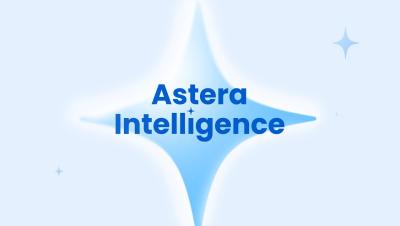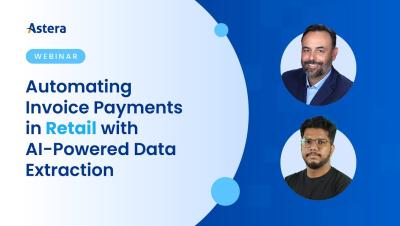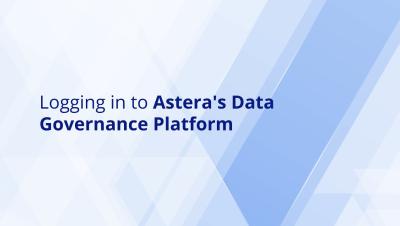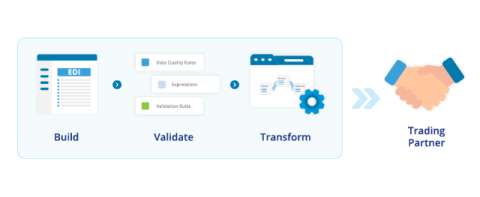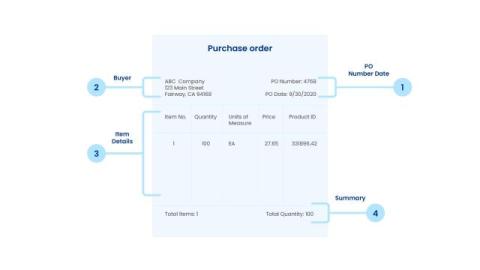Systems | Development | Analytics | API | Testing
September 2024
From Data Pipeline Automation to Adaptive Data Pipelines
Data pipeline automation plays a central role in integrating and delivering data across systems. The architecture is excellent at handling repetitive, structured tasks, such as extracting, transforming, and loading data in a steady, predictable environment, because the pipelines are built around fixed rules and predefined processes. So, they will continue to work if you maintain the status quo, i.e., as long as your data follows a consistent structure.
How to Bring Your Data Management Back to Its Prime?
Remember the early 2000s, when data was difficult to make sense of? It was like an exclusive domain of a few selected IT experts. Because back then, accessing and understanding data was a monumental task, loaded with delays and complexities. Today, data is a strategic asset for technical experts and business users. This shift is driven by the fact that we need answers NOW.
AI Governance, Data Governance, and AI Data Governance: Pillars of AI Success
How are AI governance and data governance related? Better still, what’s more important for an organization to focus on, AI-powered data governance or AI data governance? These are important questions, but before we answer these, let’s understand how AI and data governance are related to each other.
ETL, As We Know It, Is Dead
It’s a new world—again. Data today isn’t what it was five or ten years ago, because data volume is doubling every two years. So, how could ETL still be the same? In the early ‘90s, we started storing data in warehouses, and ETL was born out of a need to extract data from these warehouses, transform it as needed, and load it to the destination. This worked well enough for a time, and traditional ETL was able to cater to enterprise data needs efficiently.
What is EDI? The Basics of Electronic Data Interchange Explained
EDI stands for electronic data interchange, the automated process of exchanging business documents, such as purchase orders (PO) and invoices, between a company and its trading partners. EDI standards, like ANSI X12 and EDIFACT, ensure that these documents follow a consistent structure, streamlining communication and accelerating transactions.
What is a Cloud Database? Types & Benefits Explained
A cloud database is a database stored and managed on a cloud computing platform, rather than on local or company-owned servers. his setup allows users to access and manage their data remotely, using a range of tools and applications provided by the cloud service. Cloud databases come in various forms, including relational databases, NoSQL databases, and data warehouses.
[WEBINAR] Automating Invoice Payments in Retail with AI-Powered Data Extraction
Join us in this engaging webinar as we examine the role of AI in automating invoice payments within the retail landscape. We will highlight the significance of data extraction technologies and their ability to enhance payment accuracy and speed. Learn about the challenges faced by retailers and how AI solutions can address these issues effectively.
Connecting to Microsoft Azure SQL Server with Astera Data Stack
In this video, we'll guide you through the process of connecting to Microsoft Azure SQL Server using Astera Data Stack. Users can connect to Azure SQL Databases using various objects, including Database Table Source, Database Table Destination, and SQL-related tasks. Contents of the video: Introduction to connecting with Microsoft Azure SQL Server.
Logging in to Astera's Data Governance Platform
In this video, we will learn access Astera's Data Governance Platform.
Deployment of Assets in Astera Data Stack
In this video, we will learn how to deploy a data asset in Astera Data Stack to govern them in Astera's Data Governance Platform.
What Is an EDI translation? An Ultimate Guide for 2024
Imagine a multinational business that deals with multiple suppliers and customers scattered across the globe, each with their own systems and processes. How does it ensure smooth communication and transactions with its business partners? The answer is Electronic Data Interchange (EDI), a standardized method for exchanging electronic documents between businesses.
What is an EDI Document? Types, Benefits & Features
Data elements are the fundamental building blocks of EDI documents. They represent individual information within a transaction set, such as city, state, country, item number, quantity, and price. Each data element is defined by its data type, which specifies whether it’s numeric, alphanumeric, a date, or a time. Additionally, the definition includes details like minimum and maximum length requirements and any applicable code values.
Data Mesh vs. Data Fabric: How to Choose the Right Data Strategy for Your Organization
Implementing a modern, integrated data architecture can help you break down data silos, which cause C-suite decision-makers to lose 12 hours a week. Furthermore, more than 60% of organizations agree that data silos represent a significant business challenge. The solution is a data architecture that eliminates silos, and that’s where the data mesh vs. data fabric debate comes in. While both data architectures work to eliminate data silos, they differ in their approaches (more on that later).
How Cloud Data Migration Can Help Your Business
Cloud operations were once the logical next step for streamlining business processes, but now they have become the go-to solution for maximizing operational efficiency. With the advent of ‘cloud-first’ architectures and strategies, cloud computing is the rule, not the exception.
What is Data Stewardship? Roles, Benefits, and Types
Businesses handle massive amounts of data daily. To make informed decisions, this data must be optimized for accuracy and consistency, which requires effective data management. However, for best results, data management must be coupled with data governance, which provides essential frameworks to manage data quality and security. Data stewardship takes it a step further.


